Apple is working to bring health, prosperity, and advanced technology to customers around the world. Since the dawn of humanity, health has always remained the priority. Because without rigorous health, no human being can survive the difficulties of life. So, Apple introduced Apple Health on almost all Apple devices. It provides the most sophisticated devices. Apple has stunning features to immerse the users in virtual reality.
However, Apple Health remained a peripheral topic in a pile of other topics. Despite having access through the iPhone and Apple Watch, most customers are not fully aware of the Apple Health features. Indeed, overwhelming information can be troublesome for most users. So, in this rich blog, we will delve deep into Apple Health and tell you how you can use it more efficiently.
How to use Apple Health?
Apple Health is fairly easy to use. You need to set up the profile first. Apple Health will need the basic information such as your name, sex, and date of birth. You don’t need to worry if you mistakenly put some wrong information.
To change and edit the information, you can tap on the Apple ID photo. It will help you to change the information and add a new one. After going through the profile, the Health App would need the health details. In this step, you need to fill in the information such as skin type, blood type, and medications.
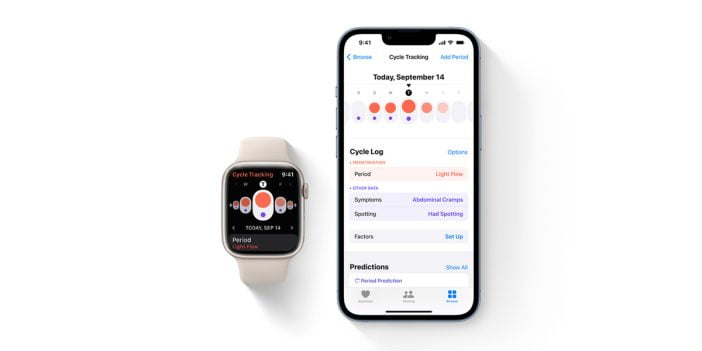
If you are using the wheelchair, then mark the yes tick. Here, the iPhone and Apple Watch will count the pushes instead of steps. Apple Health gathers a huge amount of information about your health. This enables the AI and sophisticated technology to better equip the users with more health and rigorous sharpness. Moreover, the Apple Health profile requires more information about your Medical ID.
Medical ID includes age, name, medications, emergency contacts, weight, height, and medical history. Medical authorities can use this much data in case of a grave emergency. You can share this data during emergencies with the medical institutes.
More so, you can become an organ donor from your Apple Health profile. This huge amount of medical history and constant observation of changes in health can help to address the impending diseases.
Integrate Apple Health with compatible apps
The human body is a universe. This is the fundamental reason there are infinite possibilities for tracking down health. There are countless apps out there in the App Store and finding the compatible app with your Apple Health and need is crucial.
So, you can add many apps such as Cycle, Tracking, Fitness, Siri, Clock, Sleep, and many more. You can also integrate third-party apps into Apple Health. To find the most needed app, follow the procedure elaborated below.
- Open the Health app and go into the Browse tab
- Select a category such as heart
- From the subcategory, select Heart Rate
- Scroll down and select the recommended apps for that category. Download this app.
- To allow the apps to read and write in the Apple Health, go back into the privacy settings.
It’s your call to allow which information should go into the Health apps. Moreover, the apps which have access to HealthKit have a privacy policy. To make sure that the apps have a privacy policy, go into the privacy policy before allowing them to get health information.
Analyze health data from Apple Health
Apple Health is rigorous in listing down all the statistical details of your health. Every second, it captures data about your body, heartbeat, blood pressure, and average stamina. On the home screen, you can see a summary of your health stats.
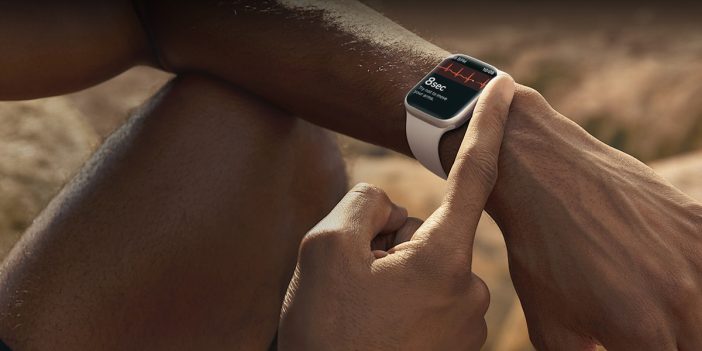
More so, you can prefer certain features which will appear on top. The health information is huge and going into the details of each section is not possible. However, let’s see the highlights to have an idea about the health data from Apple Health.
Activity
It is a famous feature Health app. In this section of health information, you will see the activity rings. These rings show how many calories you have burned, the hours you have exercised, and the steps you have taken in a single day.
Trends
Humans’ bodies go through a lot of change every minute. Knowing all the changes is usually a pain in the neck. However, Apple Health in your iPhone and Apple Watch can help you to know the immediate changes in your body. Knowing the changes in your health, you can seek life-saving medical help and expert advice from healthcare professionals.
Browsing tab
The search tool in Apple Health is a tremendously important feature. Using this feature, you can search and look into the details of your health, such as heartbeat, respiratory, vitals, mindfulness, and nutrition.
Tapping on each category would take into depth insights and statistical figures. Moreover, Apple Health recommends third-party apps and specifically tailored articles to give you more nuanced advice to maintain rigorous health.
One may think that why does Apple need to collect such an amount of health information? It is true that Apple can use this health information for many purposes. The most important aim to use this health care information is to use it in research studies. Apple recently has introduced a feature to conduct research using. Apple has used the Cycle Tracking App for women’s health.
Bottom line
Apple Health is a prominent feature of the iPhone and Apple Watch. You can track your health records and address the changes immediately, taking no risk. You can also share your data with your doctor or health care institute. Sometimes users can’t decipher all the discrete details of health information.
However, sharing information with the doctors can help you to better understand the nuances. This feature is private and you can stop sharing whenever you want. Apple health can revolutionize the health care systems around the world. To take the most out of your Apple Health, try to use distinct features and see what they are showing about your health.
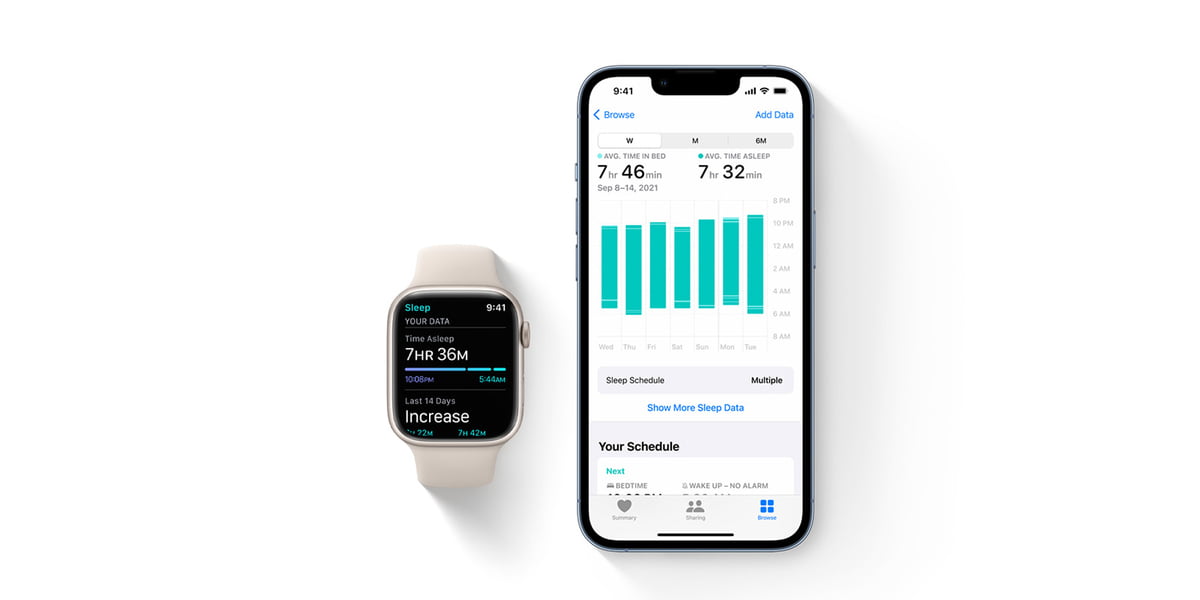
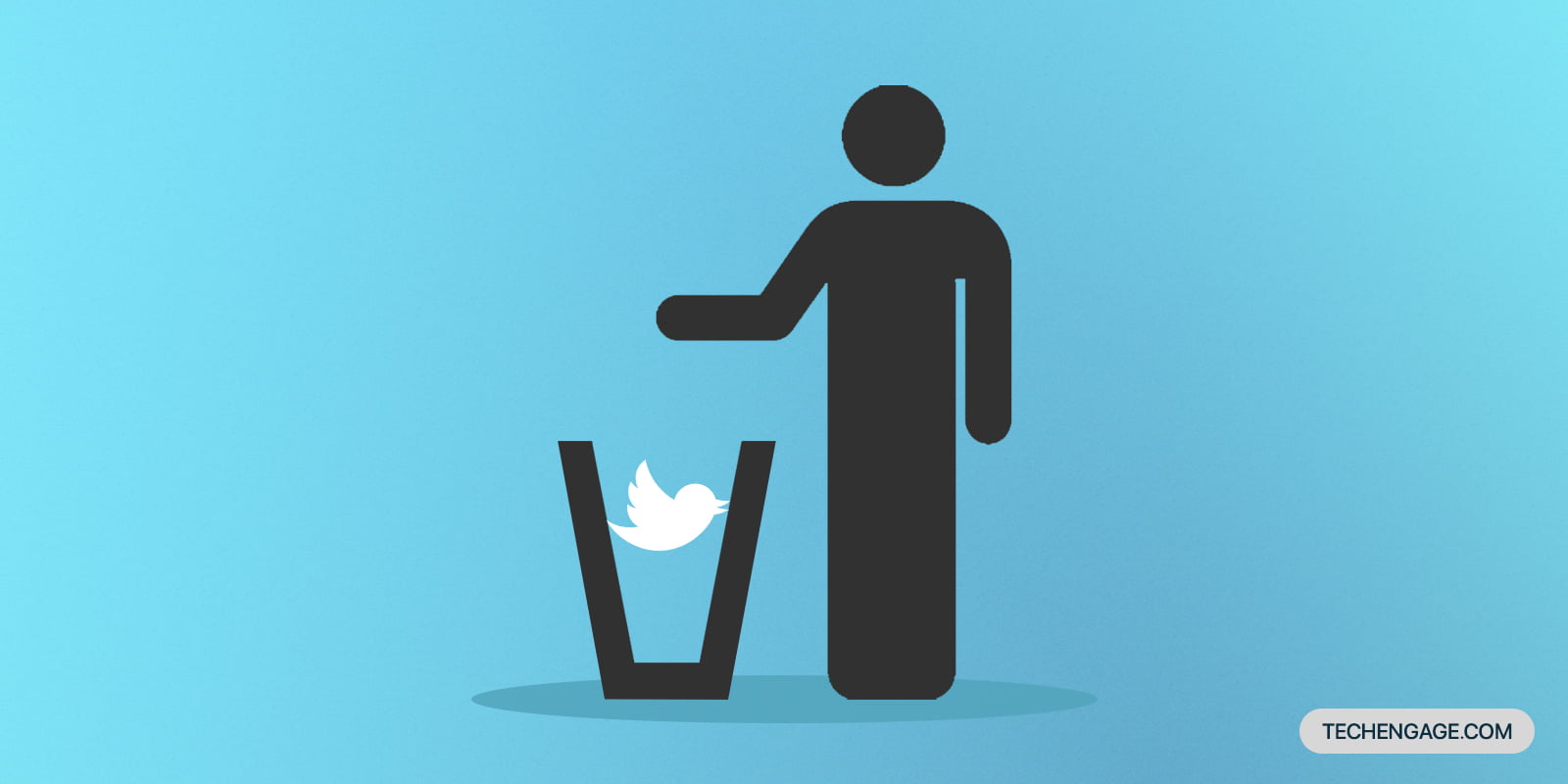

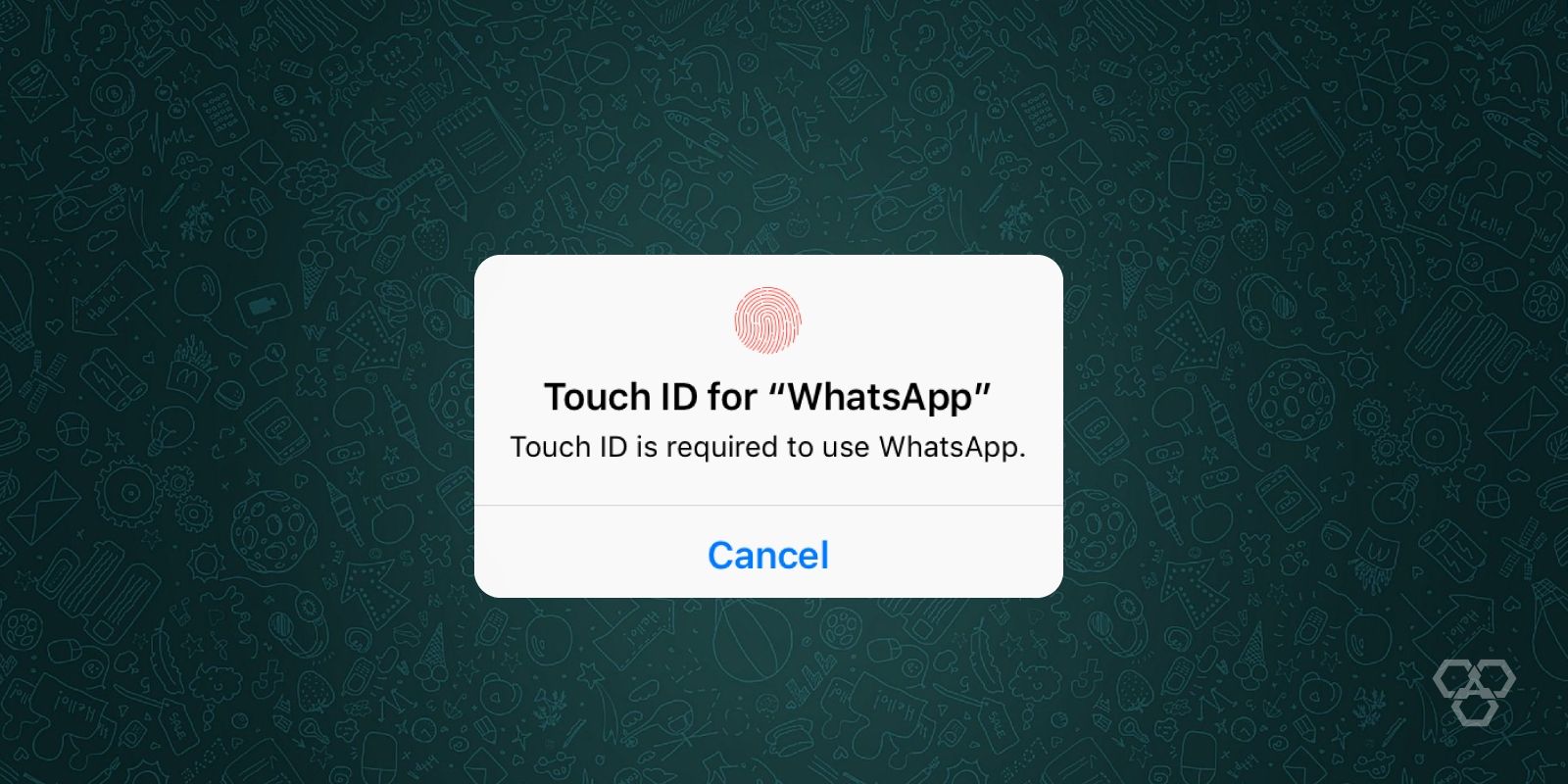
Hey Syed! Thanks for the article. Check out our app Humanity which leverages all the data in your Apple Healthkit to navigate you to slow your aging (stay healthy longer). – https://humanity.health – happy to chat more